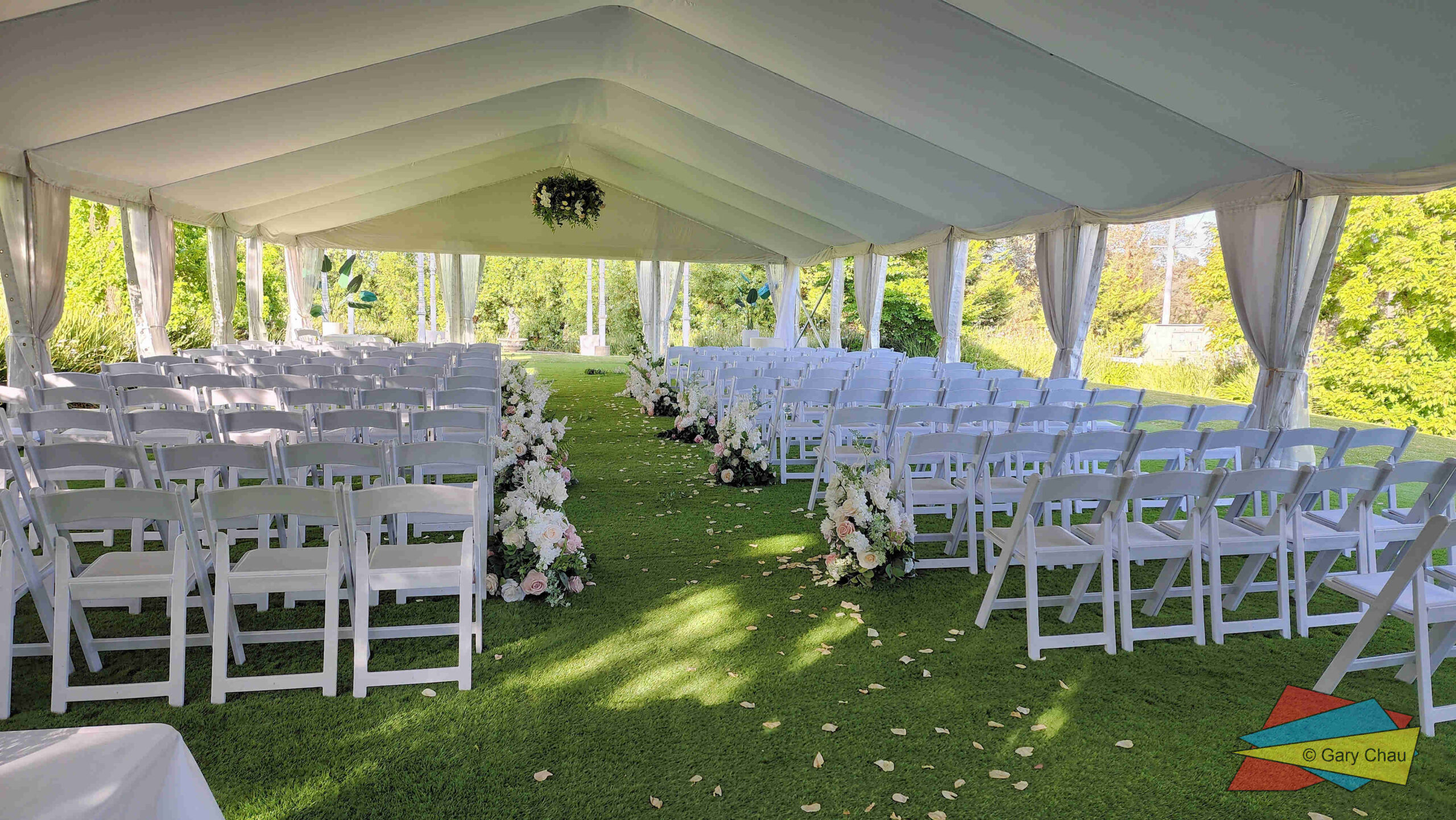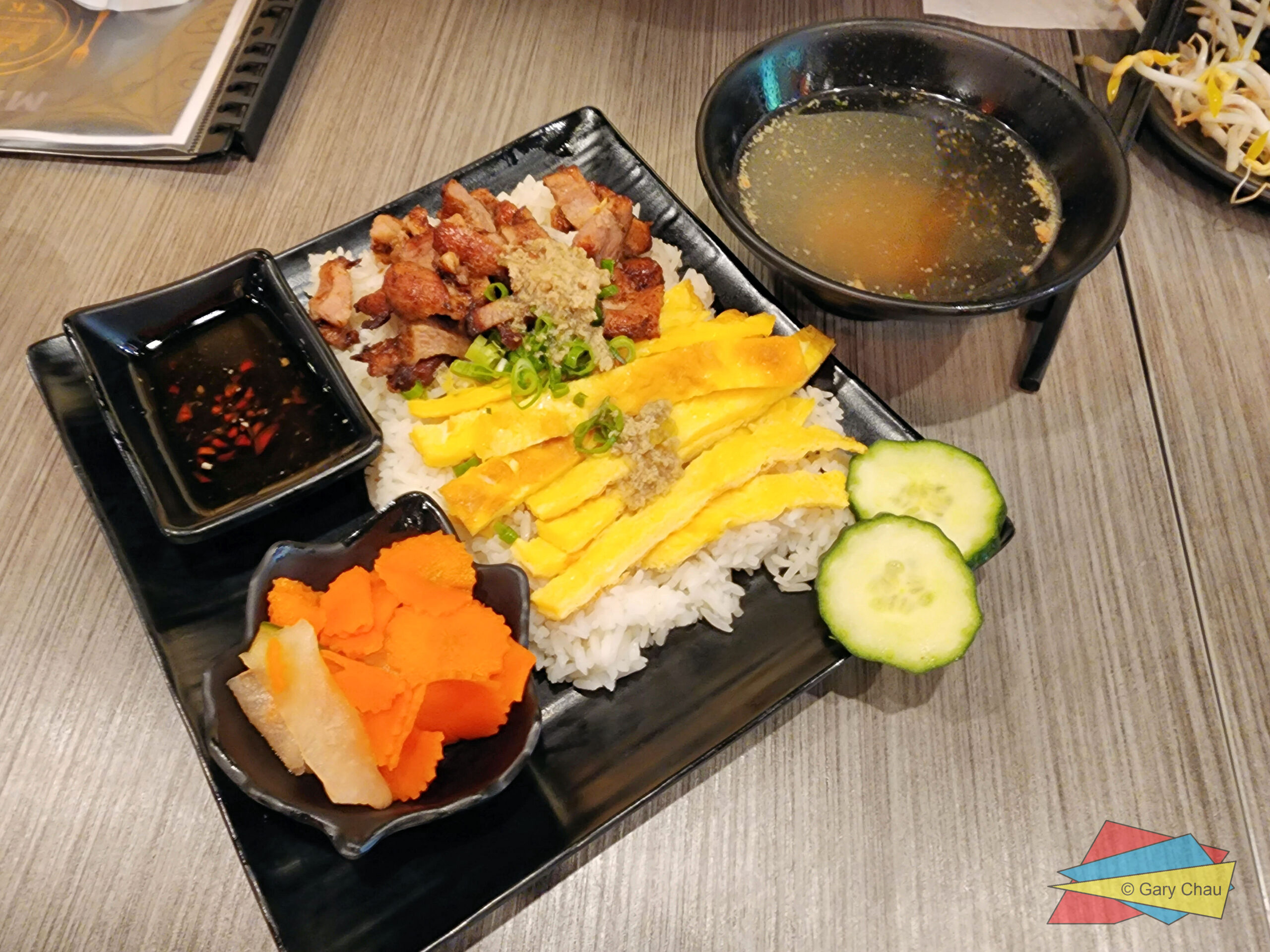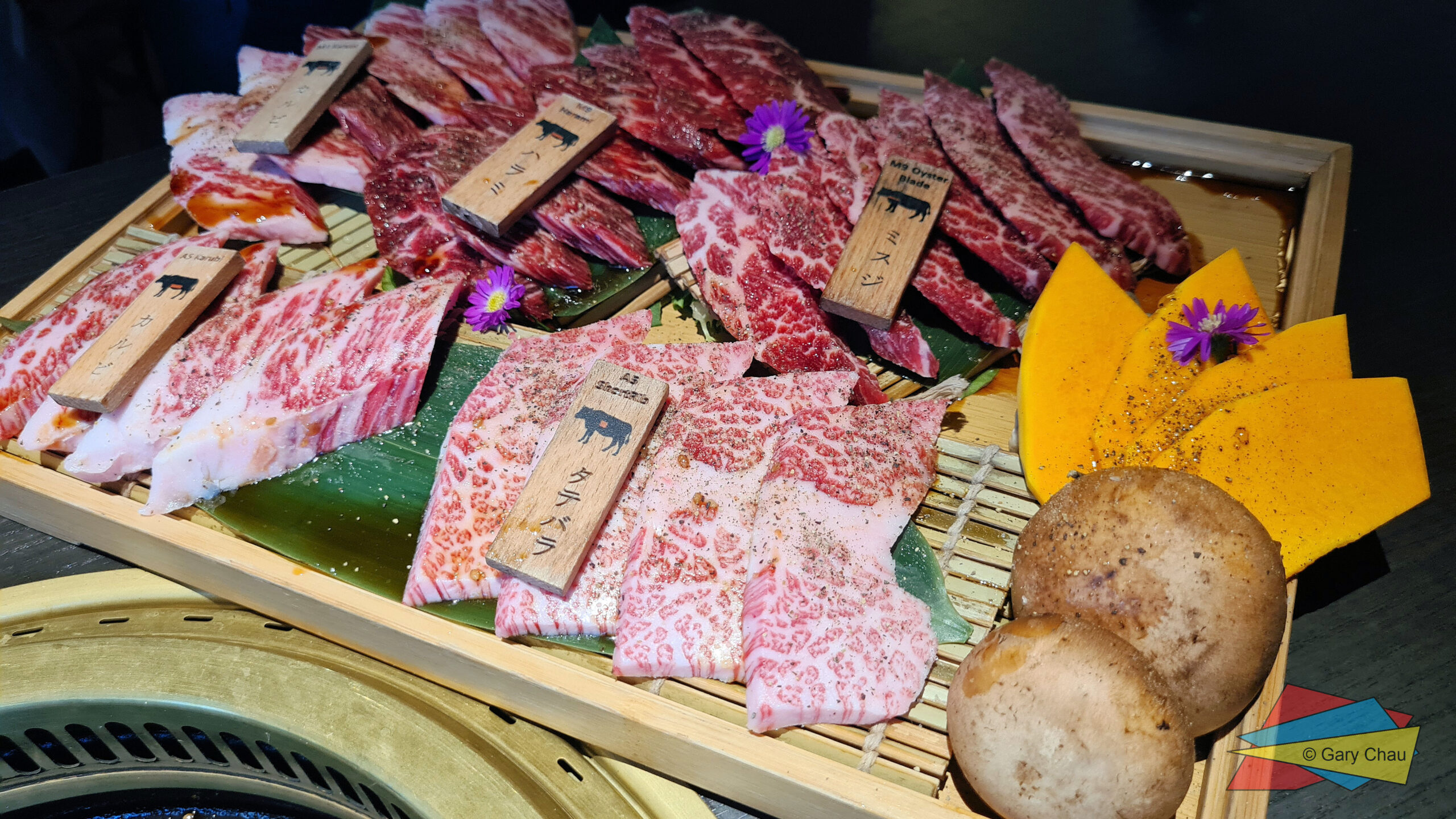From Sunday, 2 August 2020 at 6:00pm, metropolitan Melbourne, the capital of the State of Victoria, moved from stage 3 restrictions to stage 4 restrictions. Normally, I want to share my adventures and experience about previous travel, but I feel it is good time to share the experience of the pandemic from my perspective from my home in Melbourne, Australia. I want to share the state of play and what it’s like living in Melbourne at the moment.
The COVID-19 pandemic has brought devastation to many people across the world. It’s not confined to any particularly country. Some countries are doing better than others. At the start of this year, this pandemic was on no-ones radar and the response from various governments and authorities in February and March demonstrate as most of their actions were often blunt, slow and reactionary. As the pandemic got worse, this period has also been an opportunity for leaders to lead and to make decisions about how they would tackle this growing phenomenon. I think leaders can be given some slack for lacking foresight. I also don’t think leaders should be responsible for every problem, after all we all grow from our lessons and mistakes and no-one who is successful is mistake-free. However, I don’t feel the same way about leaders that perpetually make same errors or bad decisions over and over again against wise counsel. I think the key measure of leadership and good government is how the leader have responded these problems. If you look at New Zealand at the moment, you can see that has largely eradicated the virus and has been heralded as a successful example of what should happen when good and hard decisions are made. There, they closed their borders hard, entered into one of the harshest lock-downs and almost crippled their economy for a short period, and now they are mostly back to normal while the rest of the world is still dealing with the pandemic.
The state of play
Throughout most of the late March through to late June, COVID-19 had a small footprint in Australia. The numbers were hovering around tens a day on average during this time, with some days producing cases in the 100s. It was during this period that many state and territories closed their borders to help stop the spread of this invisible pathogen. Some people in the community took this virus very seriously.
With signs of improvement and decline in case numbers, by late June and early July, state and territory governments decided to ease border closures by setting dates for borders to reopen. Most government’s, with the exception of Victoria, felt that they had passed the worst period of the pandemic. Notably, the New South Wales government was the most enthusiastic about reopening borders and often mimicked and conveyed the position of the Federal Government.
Unfortunately, it was during this late June period that virus was spreading in the communities in the north-west of Melbourne. It was reported that the virus had unfortunately been transmitted from returned travelers to security guards working in the hotel quarantine. There was obviously a problem with our borders with overseas arrivals. Australia has for at least the past 6 years or so had a systemic issue with our borders. Due to people’s complacency about the virus, presumably families of certain security personnel started to spread the virus throughout their communities in throughout their everyday activities, from shopping, attending work, etc. Like other common viruses, it is known that the virus can spread even if the spreader shows no signs of symptoms.
As cases in Victoria climbed from the teens in early July to hundreds in late July. Today, there are 466 additional cases and 12 more deaths and the numbers have been hovering around these numbers for a number a week. There is obviously a problem and rightly, the government has focused primarily on dealing with and getting under control this health crisis. Unfortunately, this has meant that the economy has become secondary and many people, particularly people without a job, are struggling through these times.
Stage 3 restrictions
During stage 3 restrictions, which were in place in metropolitan Melbourne from mid-July to early August, there were only four reasons for people to be out:
- to shop for food and essential goods or services
- to provide care, for compassionate reasons or to seek medical treatment
- to exercise or for outdoor recreation
- for work or study, if you can’t do it from home.
Shopping centers including retails stores and most industries from manufacturing to construction were kept open.
During the stage 3 restrictions, the World Health Organization changed its views on wearing masks. So masks became mandatory all across Victoria from 22 July 2020.

Stage 4 restrictions
Stage 4 adds further restrictions to stage 3’s list.
- A curfew is in place between the hours of 8pm until 5am each day, which means we must be at home during these hours. The only reasons to leave home between 8pm and 5am will be work, medical care and caregiving.
- The four reasons to leave home remain, but further limitations are now in place for:
- shopping for food or other essential items
- exercise (applies to outdoor exercise, and with only one other person)
- permitted work
Other than permitted work, all Victorian must only travel within 5 km of their home for shopping and exercise. This means that some people will have better options than others when it comes to food and items, however in saying that, most Victorians should be able to get what they need within their local area since most would have either a shopping center or mall with fresh produce within their range.
The stage 4 restrictions apply for six weeks at a minimum. These restrictions are reminiscent of the harsh and tough lock-down that New Zealand took at the start of the pandemic in late March and April.
In short, what has it been like for me?
I think I represent a small minority of people, who aside from working from home, have not been severely affected by this pandemic. When I mean severely affected by the pandemic, I mean lost my jobs, livelihood, savings, or struggle to get by from day to day.
Since late March, I have been fortunate enough to be working from home. It means not needing to take public transport to get to and from work and having meetings via webcam.
For other things, throughout the early period of late March to June, I limited my time outside the house to just essential shopping or visiting my family. There was a short period where restrictions were eased in mid-June in Victoria, so I was able to go to get a haircut, eat at restaurants, visit some friends, and attend gym classes during that time.
Just prior to the 2 August 2020 announcement that there would be tougher restrictions imposed, I visited my local Costco to stock up and purchase some things I would miss or prefer to have during the minimum six week stage 4 lock-down. Costco is well beyond 5kms from my home.
When I arrived, the line was huge and each person in the queue was listening to the announcement from the Victorian Premier on their phones. It felt like a key moment in history. in my trolley, I purchased a number of things that I could either keep in the freezer or weren’t perishable like a vacuum bag of wagyu beef, bags of frozen vegetables and certain branded things I could not get in my local area.
In short, life here in Victoria feels more boxed in. For me, the daily sights are more or less the same each and everyday. Life is simpler in some ways, but harder in many other ways particularly as I can’t do a lot of recreations things I am fond of, such as going to the gym, visiting parks or eating out at a nice restaurant.
For others I have spoken to, I certainly feel their anguish, particularly those who are trying to get a job in this market and/or need to home school your own children.
During this period, I feel that staying at home is a duty. People have a responsibility for others and need to be accountable for their own actions, e.g. if they break the rules which almost everyone else is following. After all, if we don’t stop the spread, I know the situation will only get worse if the virus gets out of control as countries like the United States, United Kingdom, Brazil, Russia, Sweden, etc all demonstrate.
I hope people are abiding by the restrictions throughout and by at the end of this period, I hope the virus is eradicated or largely removed from Victoria. When the time comes to ease restrictions, I don’t think restrictions in their totality will be lifted. Restrictions will remain until a vaccine is found and is distributed to vast majority of Australians. Only then can we consider traveling and living life almost like it was pre-COVID-19 pandemic.
I think the Victorian Government’s decision to focus on addressing this pandemic first is the right approach. We should not be ambivalent at the time like this. Even without a manual or a playbook for a pandemic, the choice on what to focus on should be clear.
PS: I also welcomed my firstborn baby in May. I consider her a pandemic baby, because throughout her life she has only ever experienced this pandemic. It’s been great to be at home to be able to assist with her care, but at the same time, it would be better if we could have family come over to give us a hand.
Please support the website by liking the article or subscribing to the mailing list.
Here are some of my recent articles:
Discover more from Australian Sightseer
Subscribe to get the latest posts sent to your email.



